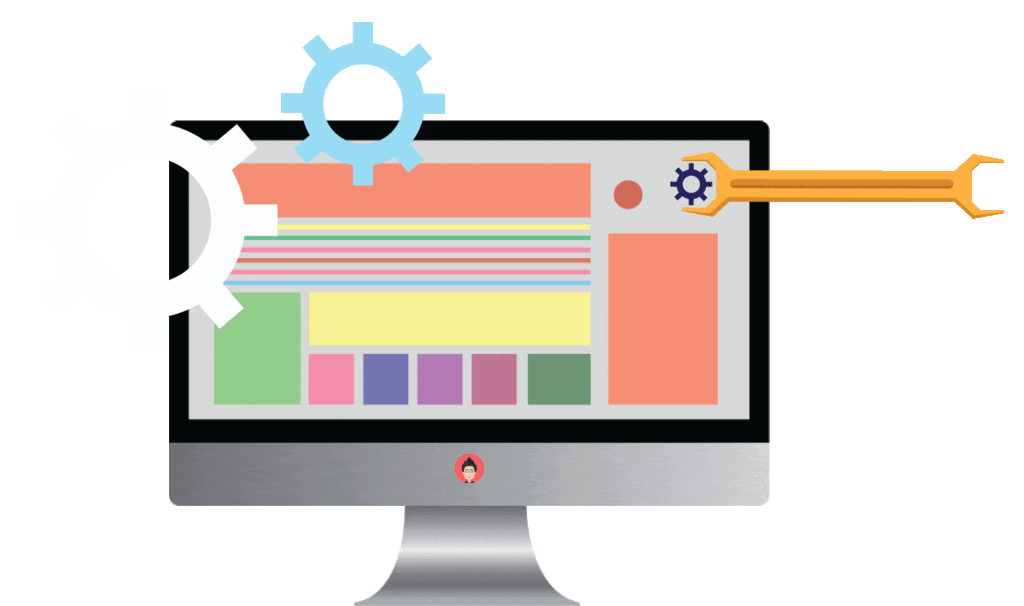Table of Contents
Introduction:
Web development has become an increasingly important aspect of our digital world. It refers to the creation and maintenance of websites, ranging from simple static pages to complex e-commerce platforms. The growth of the internet and the increasing use of smartphones have made websites more critical than ever for businesses and individuals alike. This guide will provide a comprehensive overview of the essential elements of web development and offer practical tips for building dynamic websites that meet the needs of your audience.
CSS
(Cascading Style Sheets) is used to add styling and formatting to HTML web pages. It provides the visual presentation of web pages, such as colors, fonts, and layout. CSS can be used to create a consistent look and feel across multiple web pages, making it easier to maintain and update the design of your website. CSS3, the latest version of CSS, includes new features such as responsive design and animation, which allow web developers to create websites that look great on any device.
JavaScript
JavaScript is a programming language that is used to add interactivity to web pages. It allows developers to create dynamic web pages that can update in real-time based on user interactions, such as clicking a button, filling out a form, or scrolling down a page. JavaScript can also be used to create interactive games, data visualizations, and other dynamic web applications.

Web Development is the process of building and maintaining websites. It encompasses a wide range of activities, including web design, front-end development (HTML, CSS, JavaScript), back-end development (PHP, Ruby on Rails, Python), content management, server administration, and more. The goal of web development is to create dynamic and user-friendly websites that provide a seamless and engaging experience for users.
- Web Design: The process of creating the visual and graphical elements of a website, including layout, color scheme, typography, images, and overall aesthetics. Web designers use tools like Photoshop, Sketch, and Figma to create wireframes and prototypes that serve as a blueprint for the website.
- Front-end Development: The process of implementing the design and interactive elements of a website using HTML, CSS, and JavaScript. Front-end developers take the design created by the web designer and turn it into a working website that can be viewed in a web browser.
- Back-end Development: The process of building the underlying functionality of a website, including server-side programming, database integration, and API development. Back-end developers use programming languages like PHP, Ruby on Rails, and Python to build the systems that power the website.
- Content Management: The process of creating, organizing, and publishing content on a website, including text, images, videos, and more. Content management systems, like WordPress, make it easier for non-technical users to manage the content of a website without the need for specialized technical knowledge.
- Server Administration: The process of setting up and maintaining the servers that host a website, including hardware and software configurations, security, backups, and more. Web developers may also be responsible for deploying and scaling websites to handle increased traffic.
Language that are use in Web Development

HTML: HTML (Hypertext Markup Language) is the standard markup language for web pages. It provides the structure and content for web pages and forms the foundation for building websites. HTML tags are used to define the structure of a web page, such as headings, paragraphs, lists, links, and images. HTML5, the latest version of HTML, includes new elements and attributes that make it easier to create interactive and multimedia-rich web pages.

CSS (Cascading Style Sheets) is used to add styling and formatting to HTML web pages. It provides the visual presentation of web pages, such as colors, fonts, and layout. CSS can be used to create a consistent look and feel across multiple web pages, making it easier to maintain and update the design of your website. CSS3, the latest version of CSS, includes new features such as responsive design and animation, which allow web developers to create websites that look great on any device.

JavaScript: JavaScript is a programming language that is used to add interactivity to web pages. It allows developers to create dynamic web pages that can update in real-time based on user interactions, such as clicking a button, filling out a form, or scrolling down a page. JavaScript can also be used to create interactive games, data visualizations, and other dynamic web applications.



